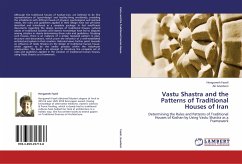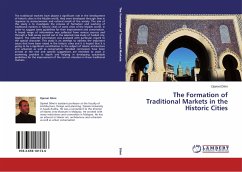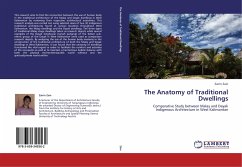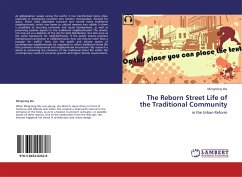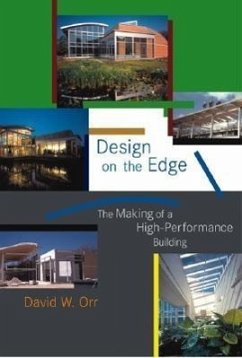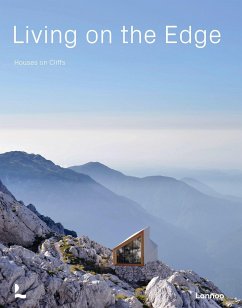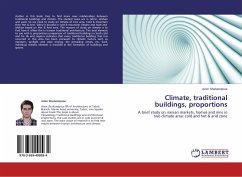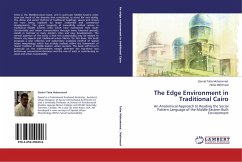
The Edge Environment in Traditional Cairo
An Anatomical Approach to Reading the Social Pattern Language of the Middle Eastern Built Environment
Versandkostenfrei!
Versandfertig in 6-10 Tagen
50,99 €
inkl. MwSt.

PAYBACK Punkte
25 °P sammeln!
Cities in the Mediterranean basin, and in particular Middle Eastern cities, have lost much of the diversity that contributes to street life and vitality. The dense and varied rhythms of traditional buildings, spaces and streets are now being replaced by larger residential and commercial developments. The great longevity of beautifully crafted spaces in traditional Middle Eastern cities which have maintained their multi-functionality and urban characteristics through many historical periods, stands in contrast to many modern cities and new developments. The central assertion of this book is tha...
Cities in the Mediterranean basin, and in particular Middle Eastern cities, have lost much of the diversity that contributes to street life and vitality. The dense and varied rhythms of traditional buildings, spaces and streets are now being replaced by larger residential and commercial developments. The great longevity of beautifully crafted spaces in traditional Middle Eastern cities which have maintained their multi-functionality and urban characteristics through many historical periods, stands in contrast to many modern cities and new developments. The central assertion of this book is that this sustainability may be related to historic city layouts and traditional urban fabrics. On this basis, this book proposes a new reflective and exploratory analytical method of spatial urban morphology which has entirely evolved within the framework of Islamic tradition in Middle Eastern urban contexts. The book will focus in particular on the indeterminate margin between the top-down and bottom-up conventional decisions and the role of each in contributing to social and urban sustainability.




